Amidst the increase of wildfires, California air quality officials have a new plea: skip the grill. Riverside County is swimming in smoke from the Eagle Fire, making the air dangerously dirty.
Officials from the South Coast Air Quality Management District (AQMD) are asking everyone to think twice before firing up those barbecues.
The Eagle Fire’s Growing Threat
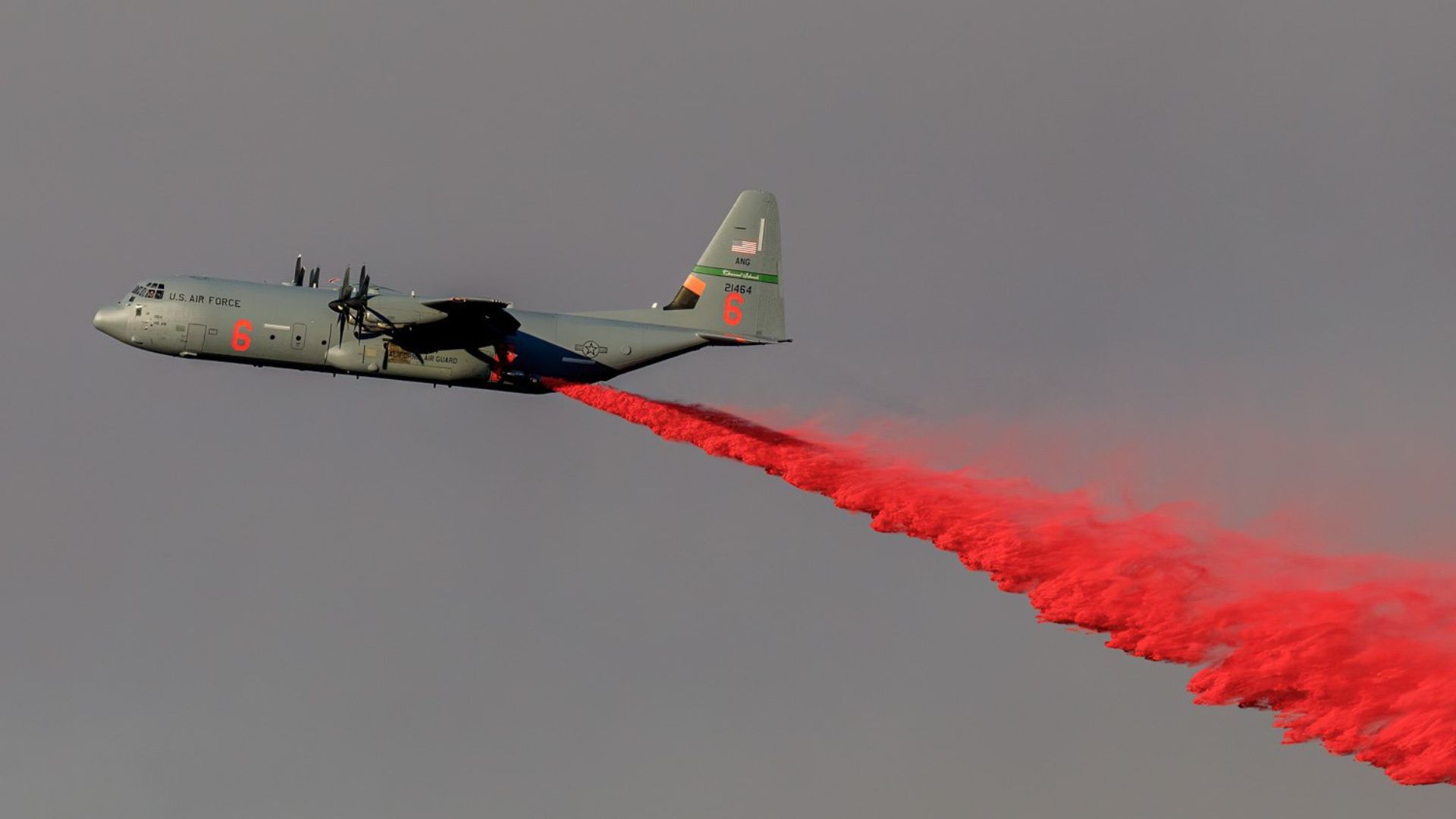
The wildfire, named the Eagle Fire, erupted in Riverside County and quickly devoured over 1,600 acres of land.
By Monday morning, firefighters had only contained half of the blaze. With the air filled with smoke, it’s no wonder there’s a special alert urging everyone to minimize outdoor activities, including grilling.
Air Quality Alert 101
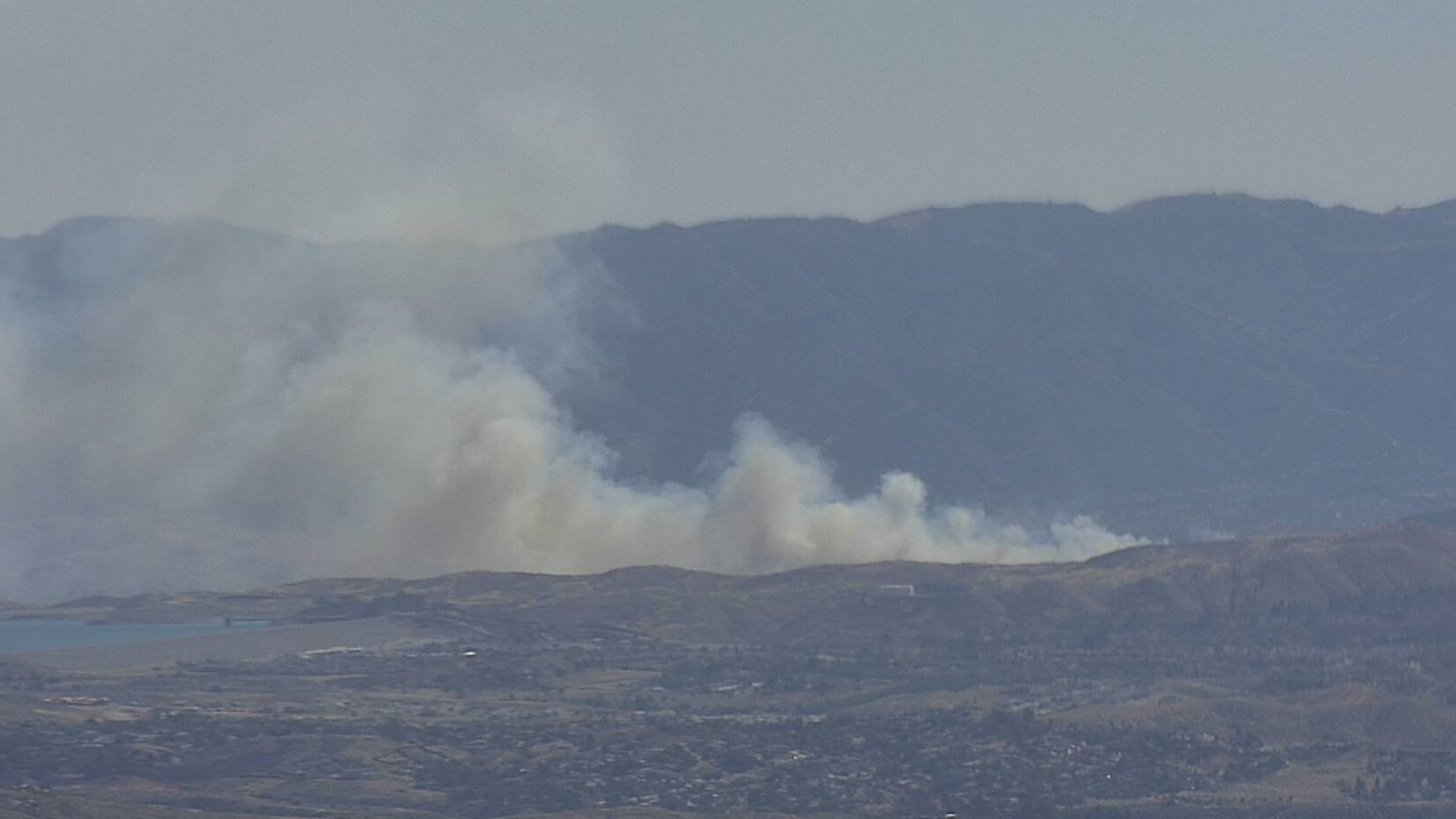
Sunday night brought more than just fire — AQMD issued an air quality alert due to “unhealthy air quality levels” detected.
This alert, crucial for the health of Riverside residents, is sticking around at least through Monday afternoon, pushing locals to rethink their outdoor plans.
Where Smoke Is Choking the Air
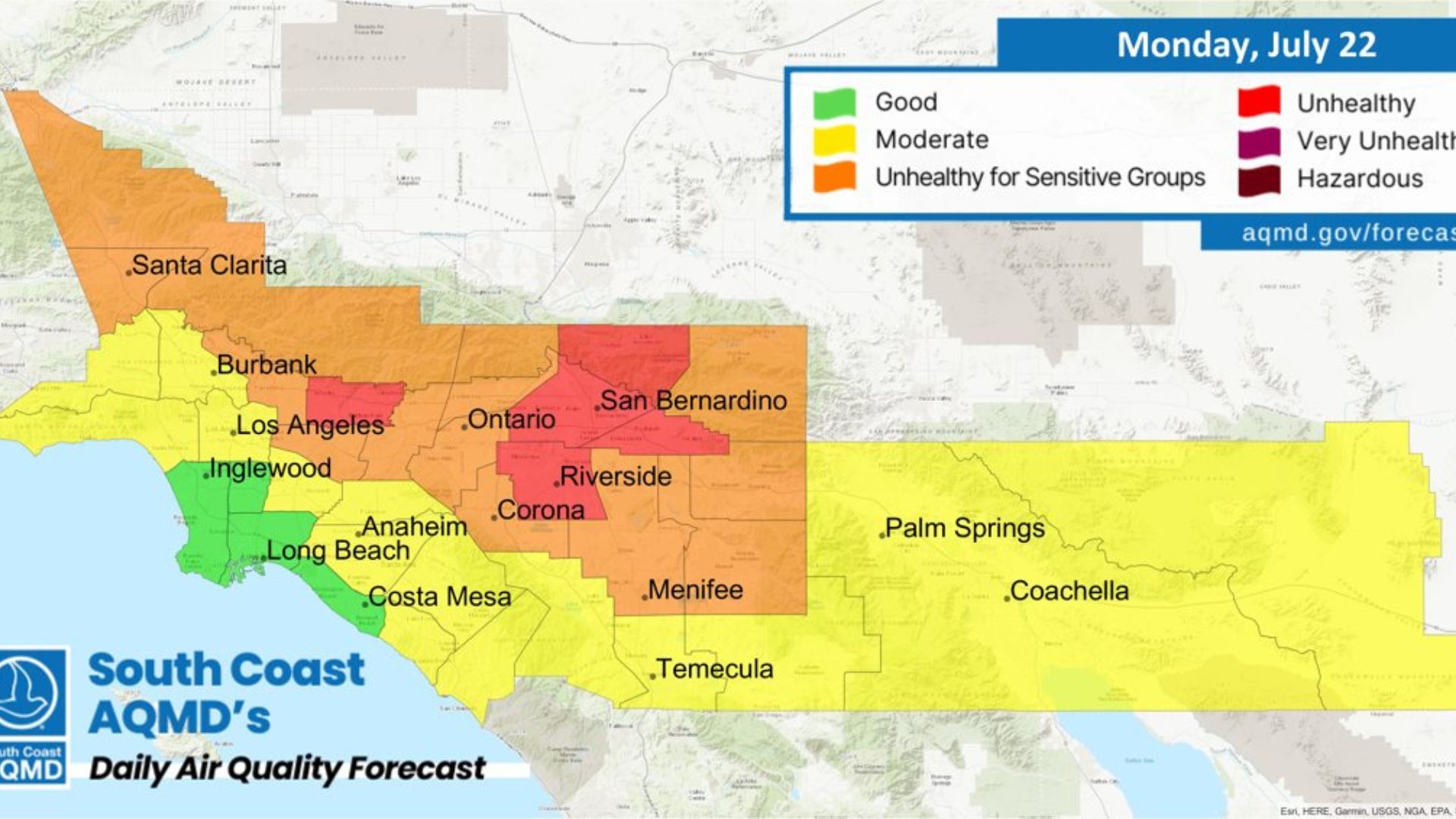
A map shared on X, formerly Twittter, pinpoints where the smoke is hitting hardest, including San Bernardino, Riverside and areas east of Los Angeles.
It’s not just a local problem — this smoke affects a wide swath of Southern California, urging a rethink on anything that might add to the haze.
Another Fire Has Appeared
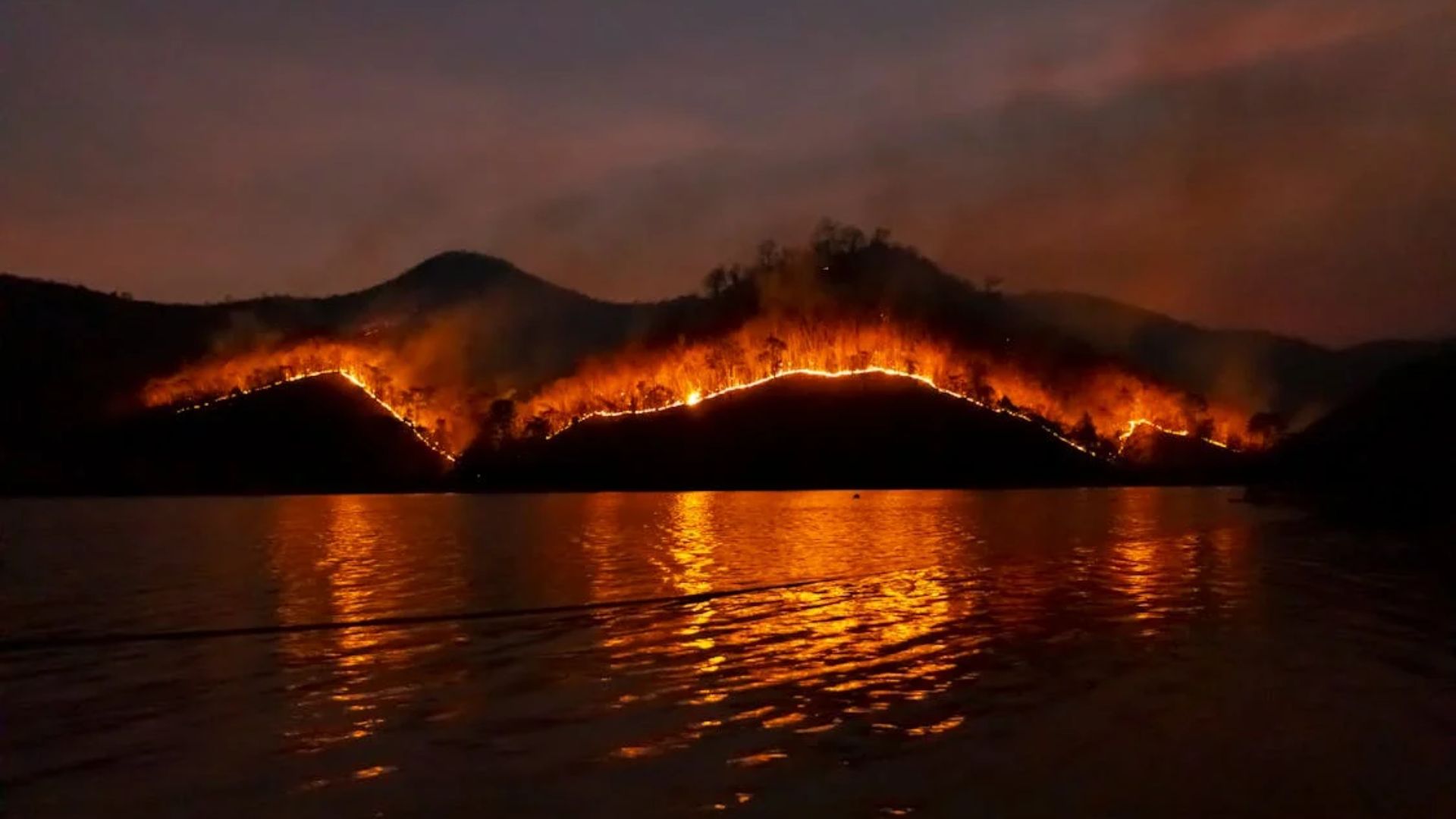
Another fire has recently cropped up in Northern California. Firefighters have been battling the Park Fire which has scorched more than 550 square miles.
Spreading throughout northern inland California, Park Fire is proving to be the largest wildfire in California this year. The blaze was only 12% contained by the time the temperature cooled and the humidity increased, which allowed the crews to control the fire.
Thousands Fighting the Fire
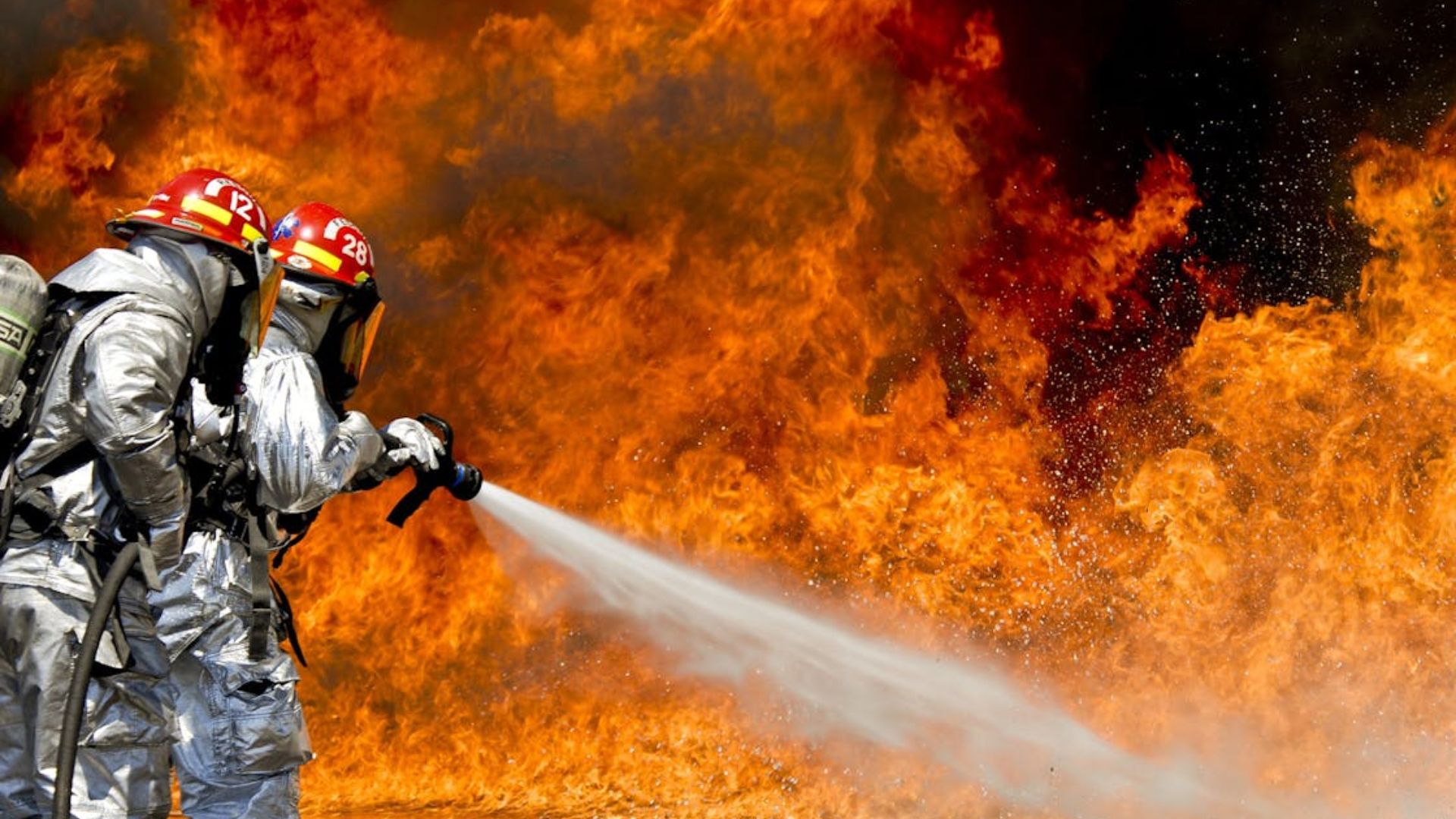
Receiving the news of the blaze, first responders prioritized saving lives and protecting property that stood in the fire’s way. But now, the crew are focused on facing the blaze head-on.
Jay Tracy, a spokesperson at the Park Fire headquarters, said about 3,400 firefighters are at the scene, with helicopters and air tankers at the firefighters’ disposal. Tracy said these would give respite to local firefighters who have been working nonstop since Wednesday.
Serious Damage
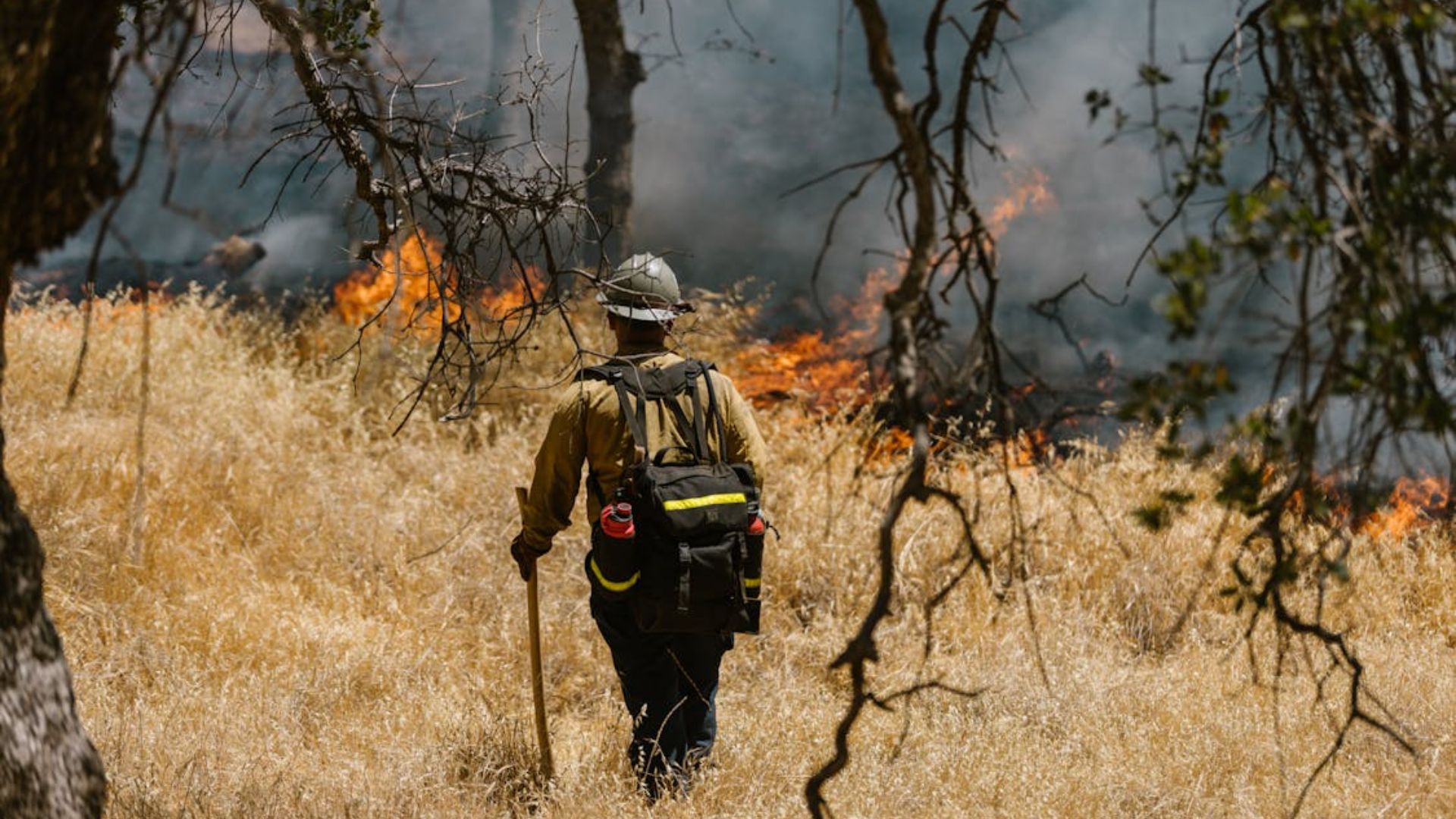
The area affected by the Park Fire expected the weather to cool down later in the week, but meteorologist Marc Chenard said that does not necessarily mean “that fires that are existing will go away.”
So far, the fire has decimated 66 structures and damaged another five. Authorities say that the fire started when a man pushed a burning car into a gully in the city of Chico and then fled.
Most Toxic Air in 25 Years

Toxic air pollution levels in the U.S. are at their worst levels in 25 years, according to the American Lung Association (ALA).
A report from the ALA reported that 39% of Americans are living in regions with unhealthy levels of air pollution. Out of the 10 cities in the country with the worst air quality, California is home to six of them, with 33.2 million people living in those cities.
Evacuations Taking Place
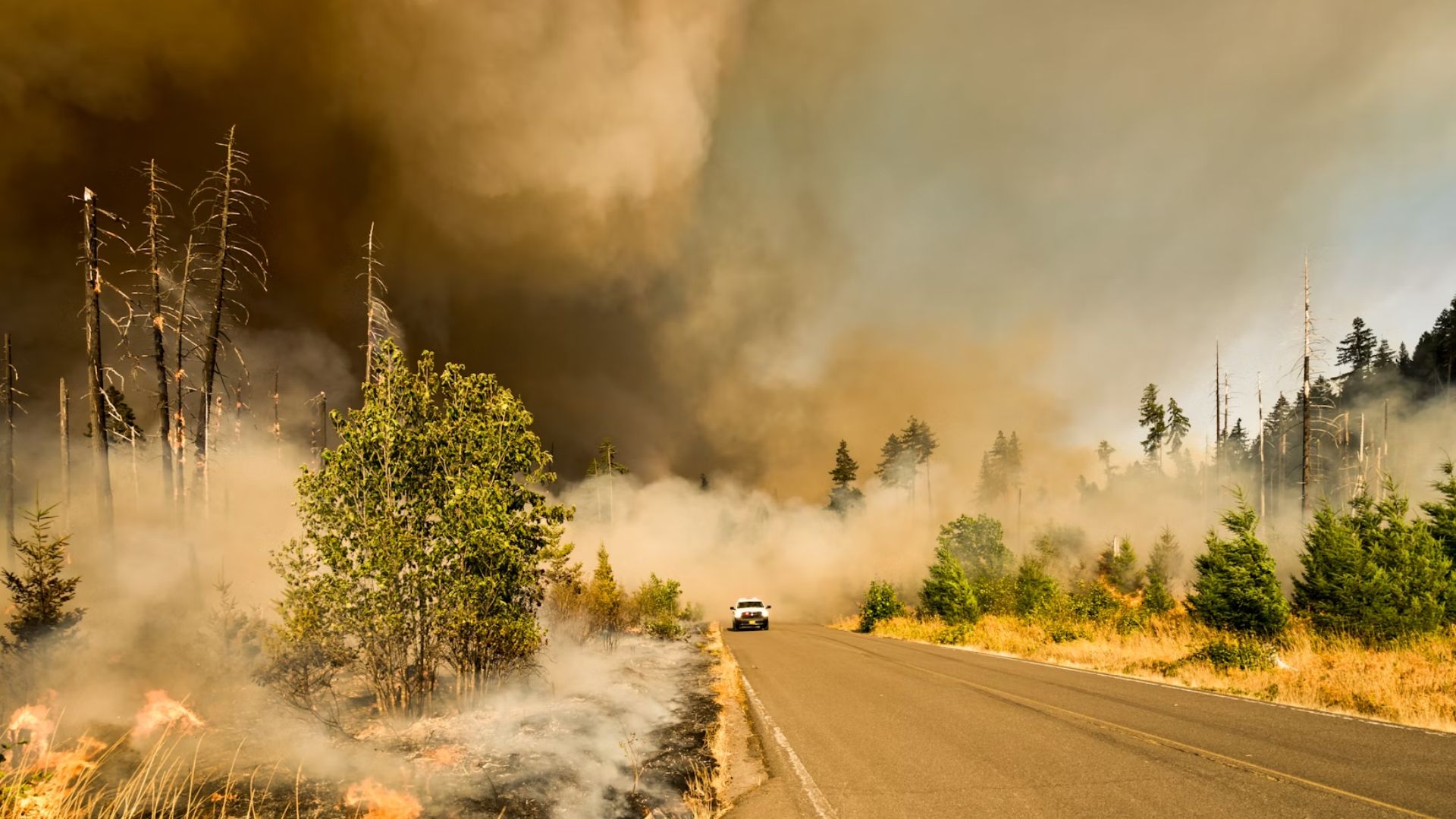
Other wildfires have been spreading throughout the golden state, including one that started on Saturday and expanded to more than four square miles.
The fire bordered on the Lake and Colusa counties, northwest of Sacramento. Evacuation orders were issued in Riverside County, east of Los Angeles. The fires destroyed several buildings and spread through more than 2,000 acres of land.
How to Reduce Your Smoke Footprint
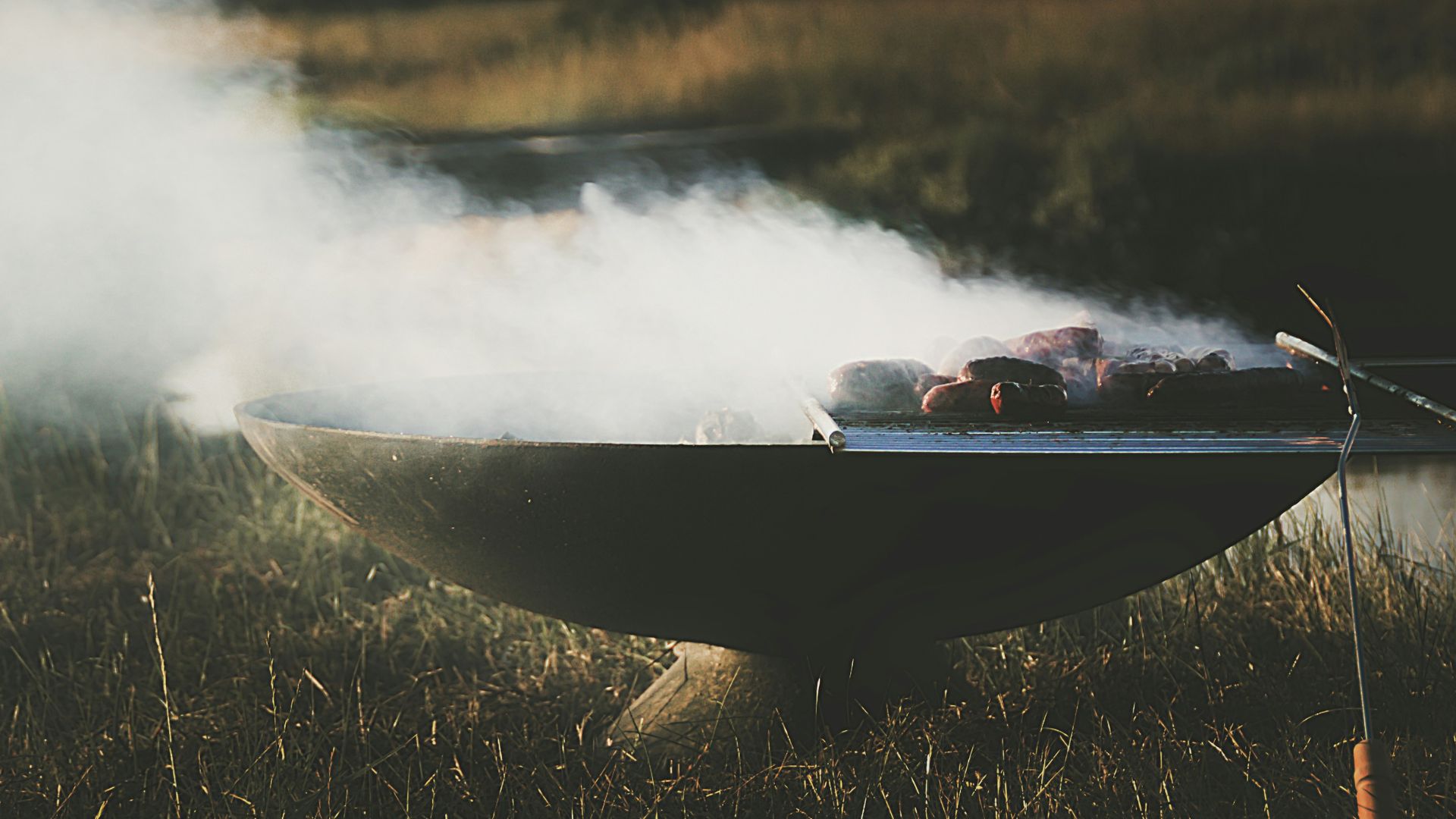
The advice is clear: “Avoid burning wood in your fireplace or firepit and minimize sources of indoor air pollution such as candles, incense, pan-frying, and grilling.”
Every little bit helps when it comes to keeping the air clean during such a critical time.
The State Is Fraught With Wildfires
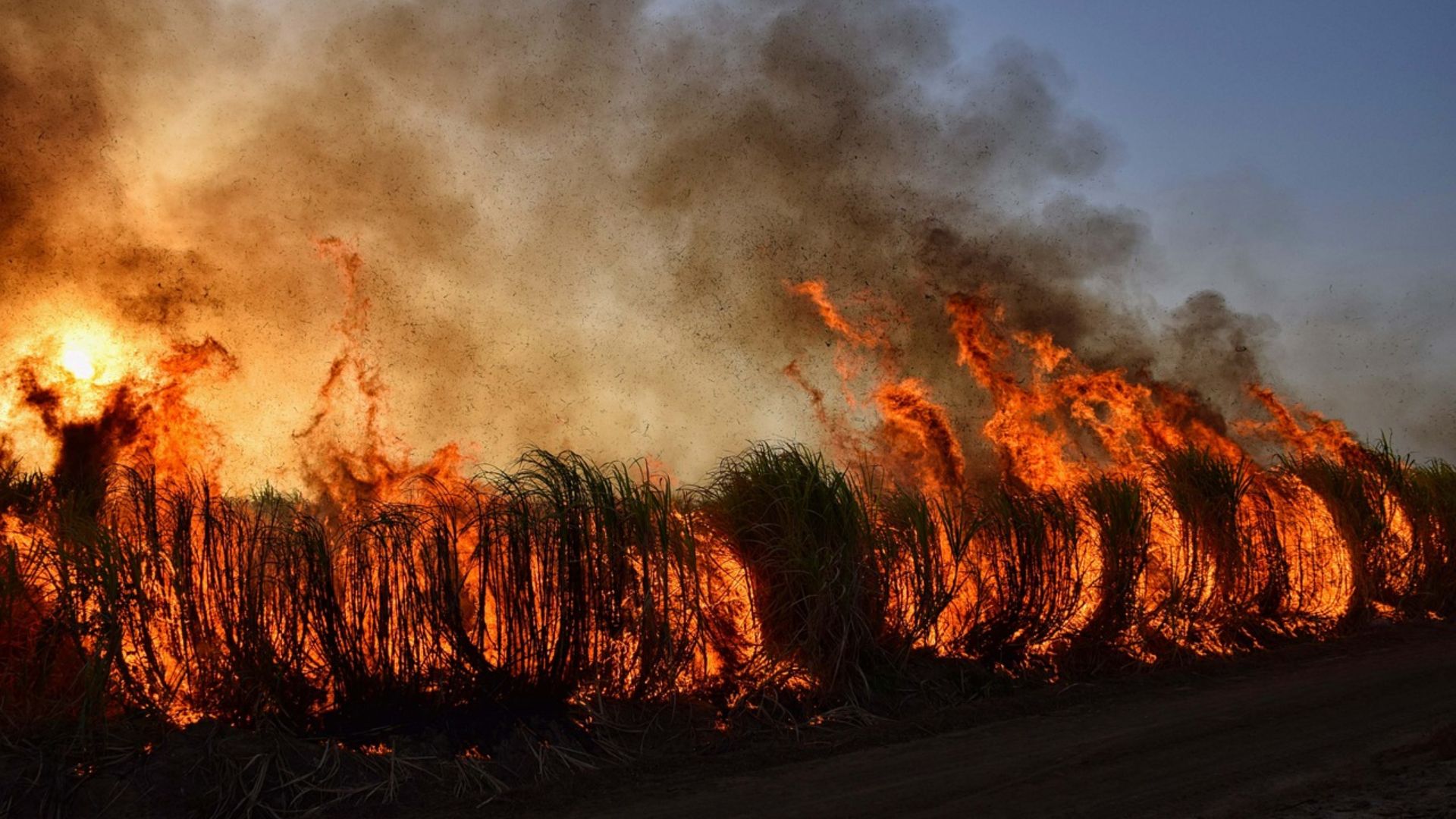
According to the government agency Cal Fire, firefighters have been fighting blazes throughout the entire state.
The authorities have been dealing with no less than 21 wildfires of various sizes on Monday alone. Repeated heatwaves since the beginning of June have dried out the state’s vegetation, which makes it easier for wildfires to spread and cause more damage.
Outdoor Safety Tips During Smoke Events
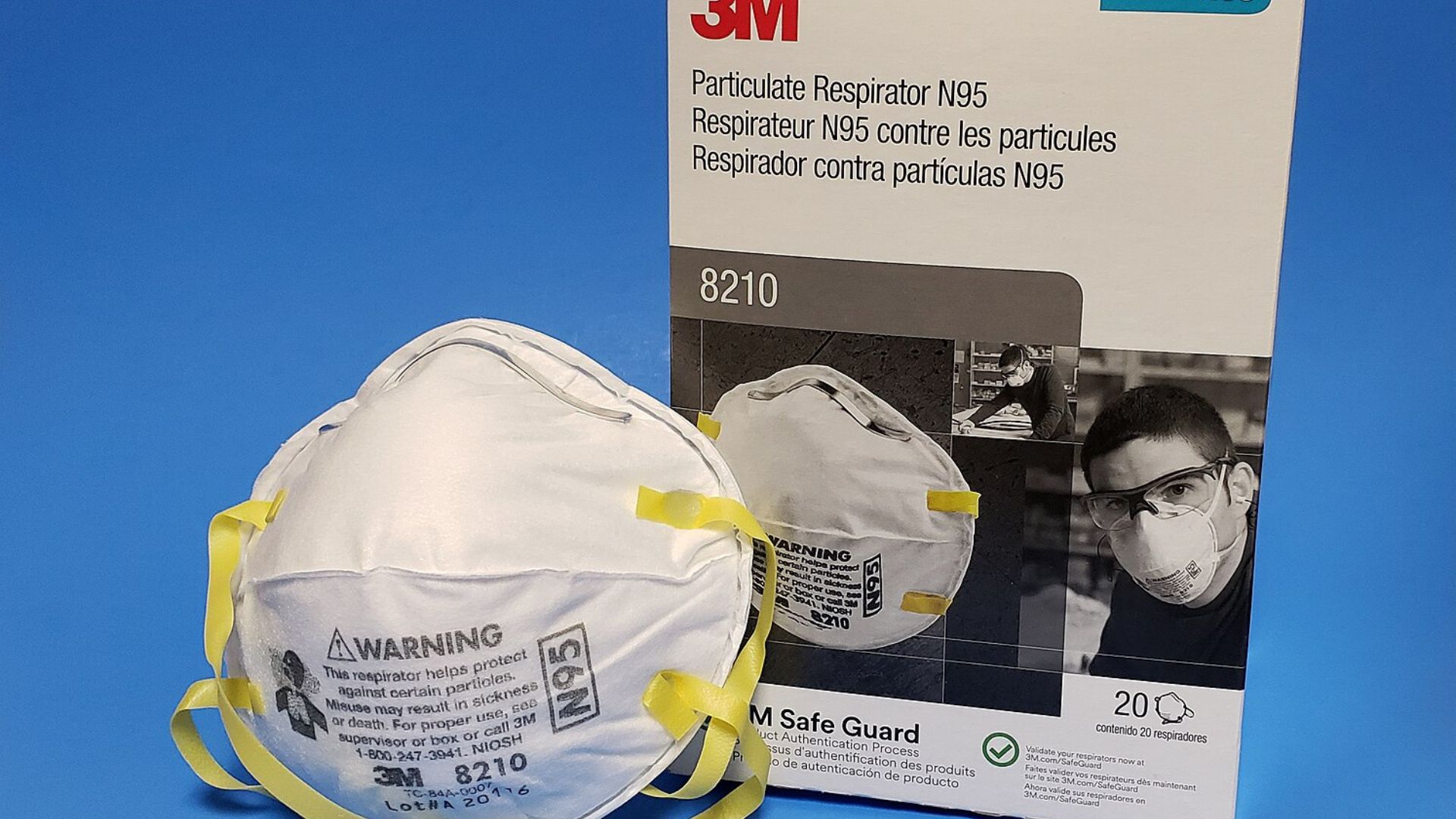
Being outside isn’t recommended, but if you must, “keep the time brief and wear a tightly-fitted N-95 or P-100 respirator to help reduce exposure.”
These precautions are vital to minimize health risks from the pervasive smoke.
Stay Indoors, Stay Safe
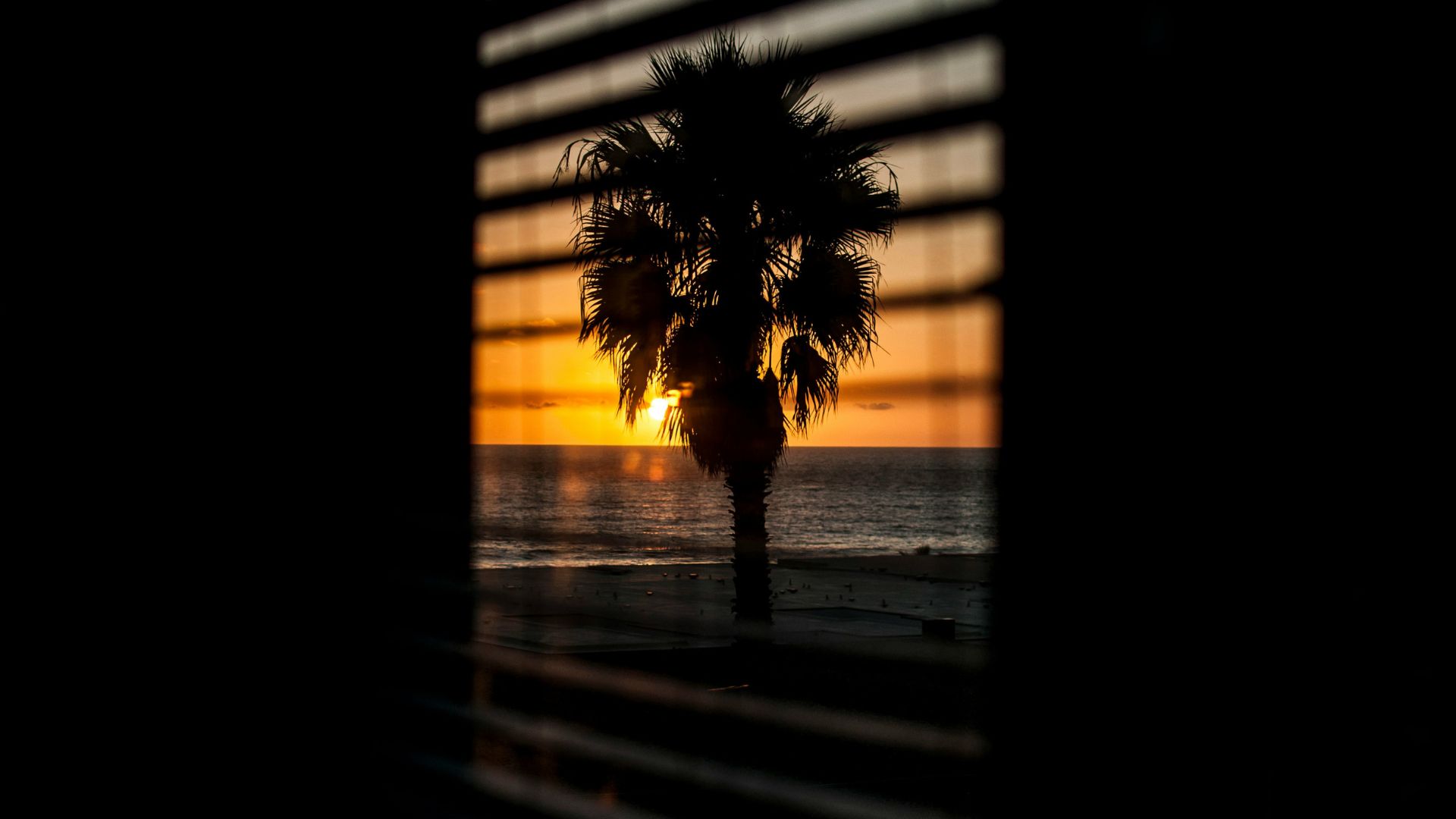
AQMD’s message is to stay indoors if you smell smoke. Keeping doors and windows shut can significantly decrease exposure to harmful particles.
For those without air-tight homes, seeking alternative shelter might be the best bet.
Adjust Your Activity Level

Physical exertion increases your inhalation of toxic particles, so it’s a good day to skip the workout.
“Avoid vigorous physical activity,” says the alert, emphasizing the importance of keeping lungs clear of pollutants.
When to Use Air Purifiers
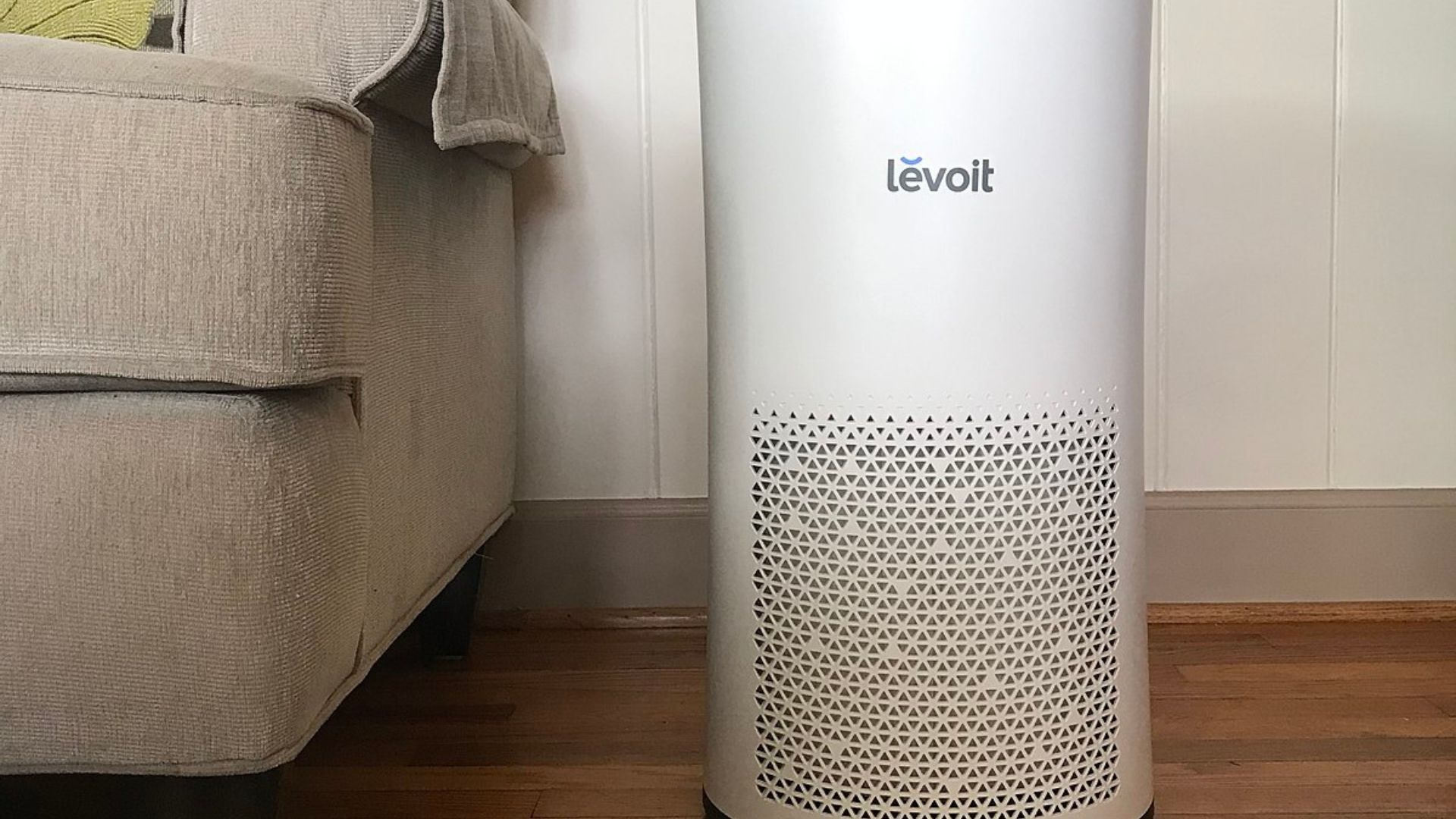
Running an air conditioner or air purifier can help, but avoid devices like whole house fans or swamp coolers that pull in outside air.
Keeping indoor air as clean as possible is crucial during wildfire season.
Understanding the Health Risks
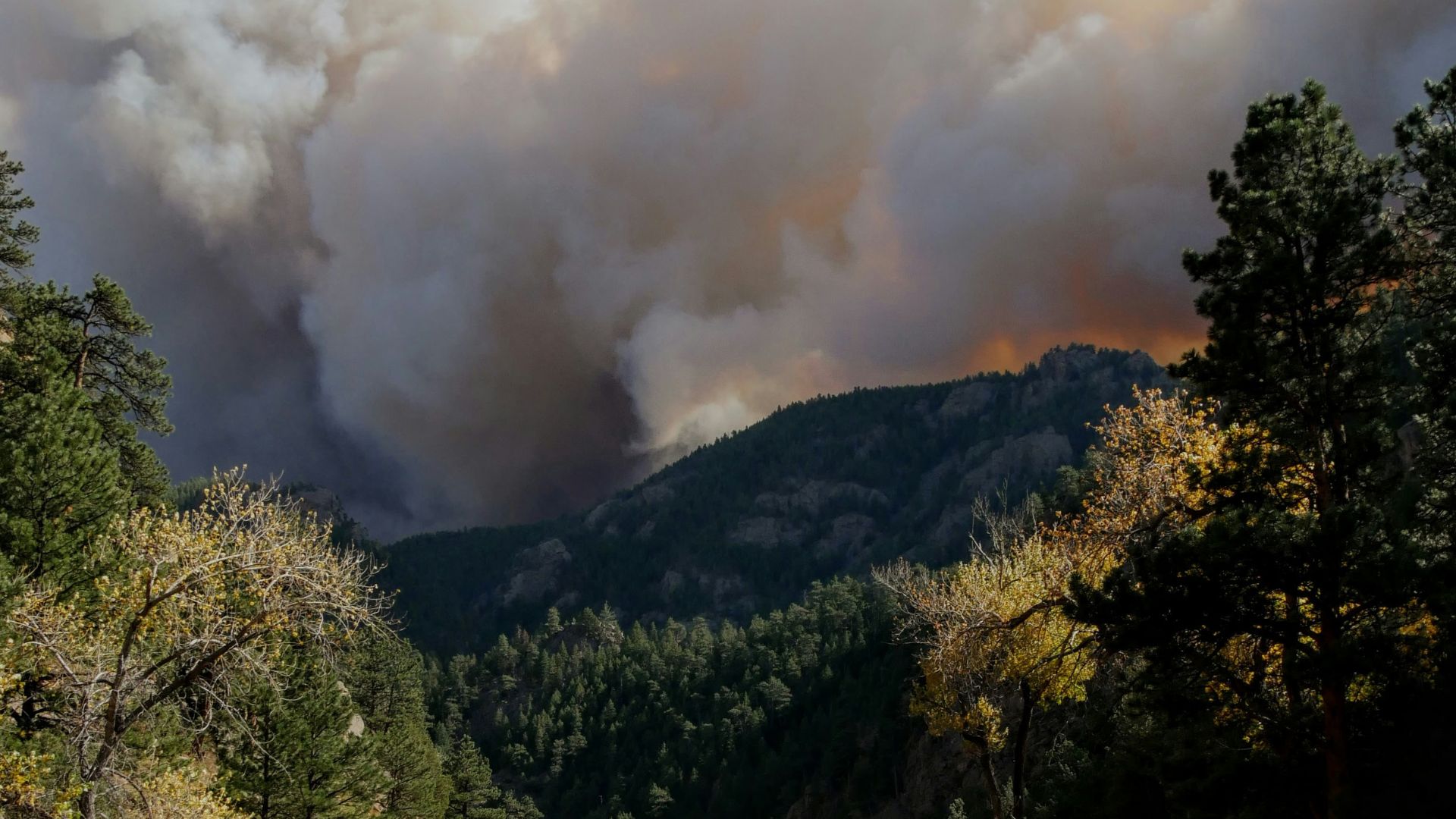
Exposure to particle pollution can trigger a host of health issues, from lung disease exacerbations to asthma attacks and even acute bronchitis.
The risks extend to an increased chance of respiratory infections, which is a serious concern for vulnerable populations.
Tracking Changes in Air Quality
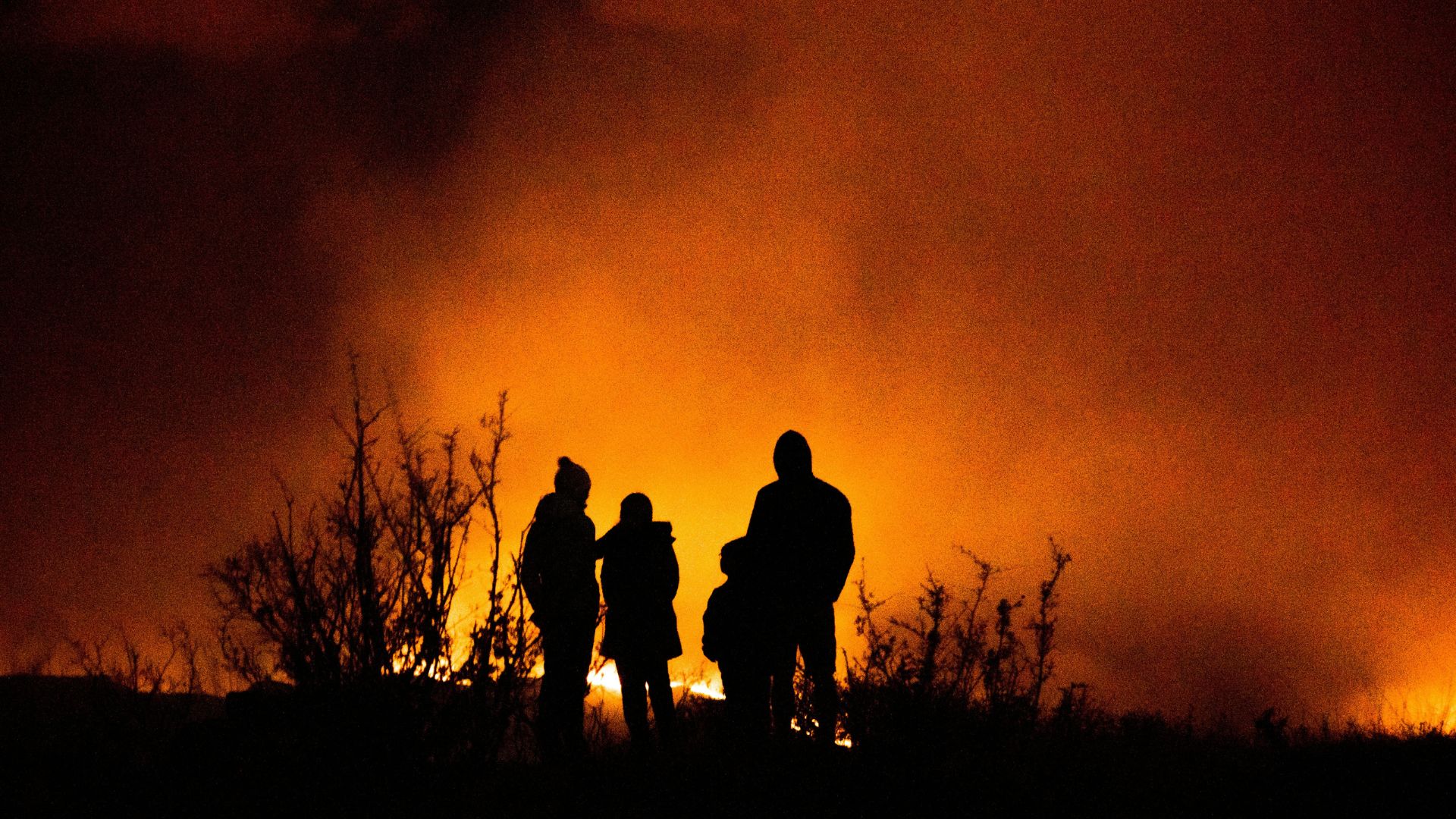
Particle pollution levels can swing dramatically, and they are influenced by fire behavior and weather conditions.
Staying informed through reliable sources like AirNow can help residents make smart decisions about their outdoor activities.
Record-Breaking Heat

The combination of hot weather and wildfires contributes to poor air quality and the health issues that come from long term exposure. This year has been an excessively hot one on a global scale.
With the ravages of climate change, a report has found that 1,400 temperature records were broken in just one week this year as heatwaves continue to hit many parts of the Northern Hemisphere.
A Brief Respite
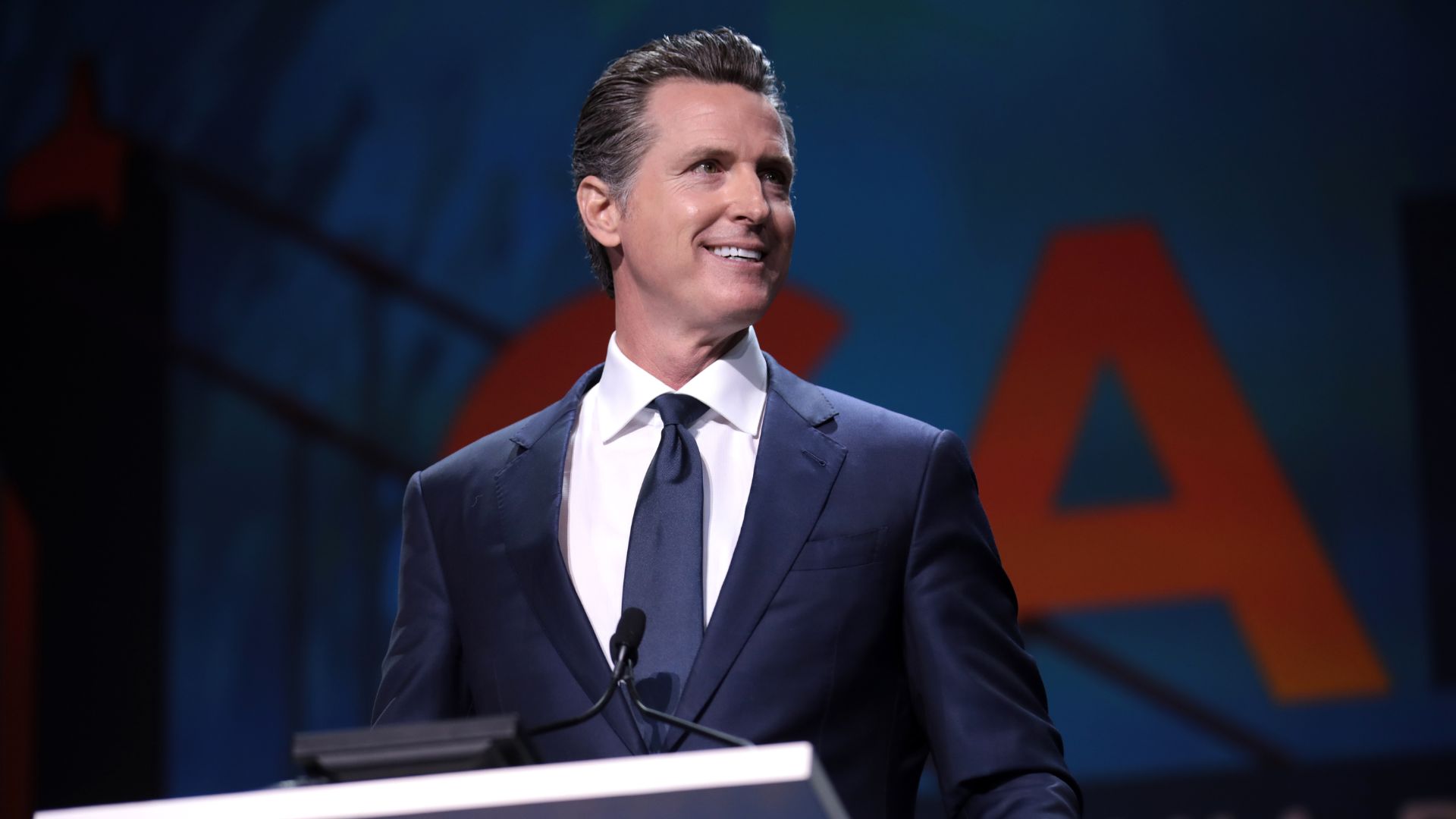
Gavin Newsom warned Californians earlier in July that this wildfire season was “very active” after a two-year break because of a streak of rainy winters.
Newsom said that forest fires have destroyed 207,415 acres in California since January this year. During the same period last year, forest fires covered only 10,080 acres. This year’s coverage has exceeded the fire-year average of 38,593 acres.
State-Wide Blackouts
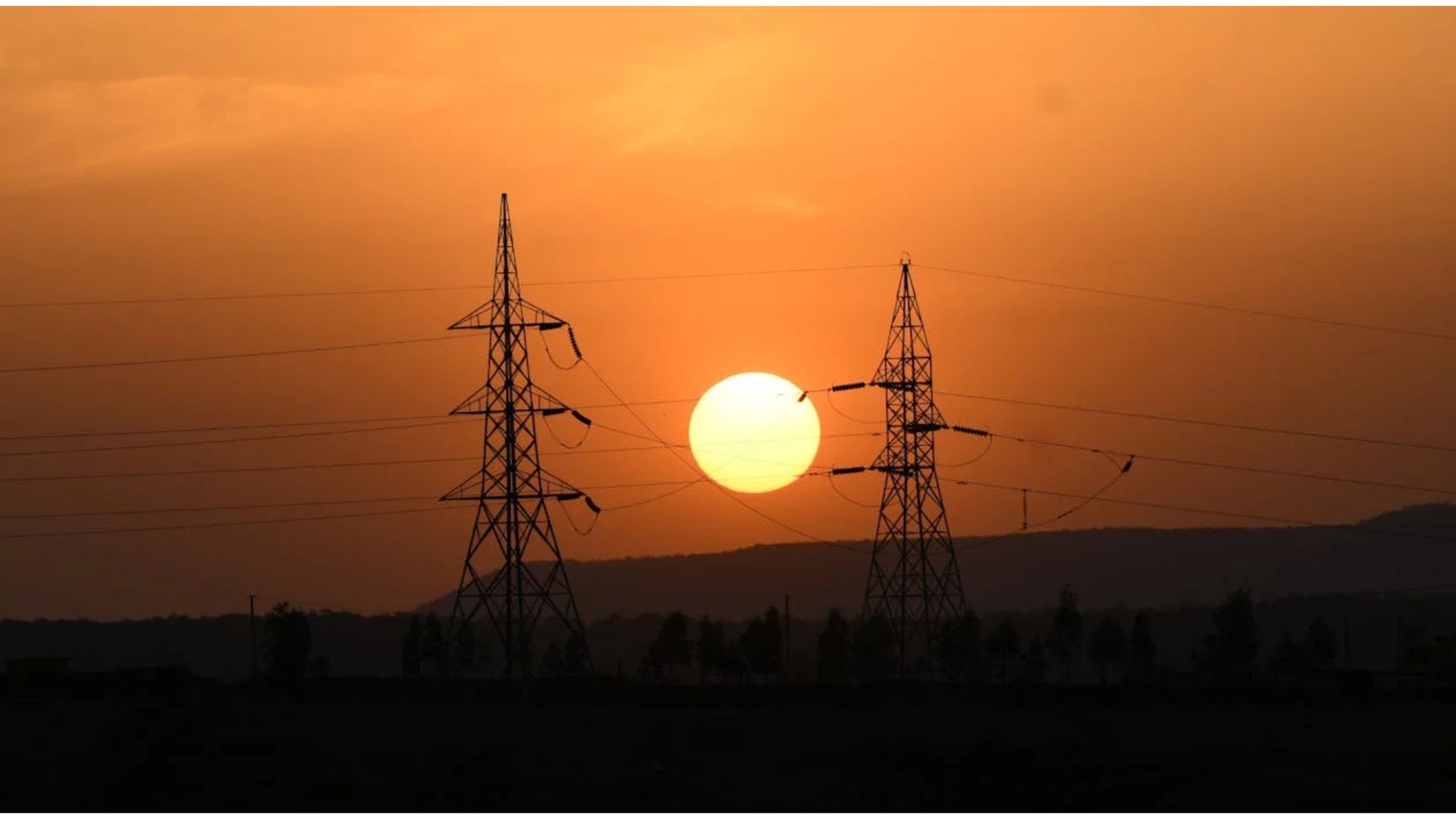
The new California budget has forced Newsom’s government to make cuts to several public services and projects.
However, cuts to climate-change projects could encroach on the $6.7 billion that was supposed to protect the grid against blackouts caused by heatwaves. Advocates for electricity backup assets have reached out to legislators to emphasize how essential this funding is to invest in “our resilience against the growing threats of climate change.”
A Nationwide Issue Hitting California
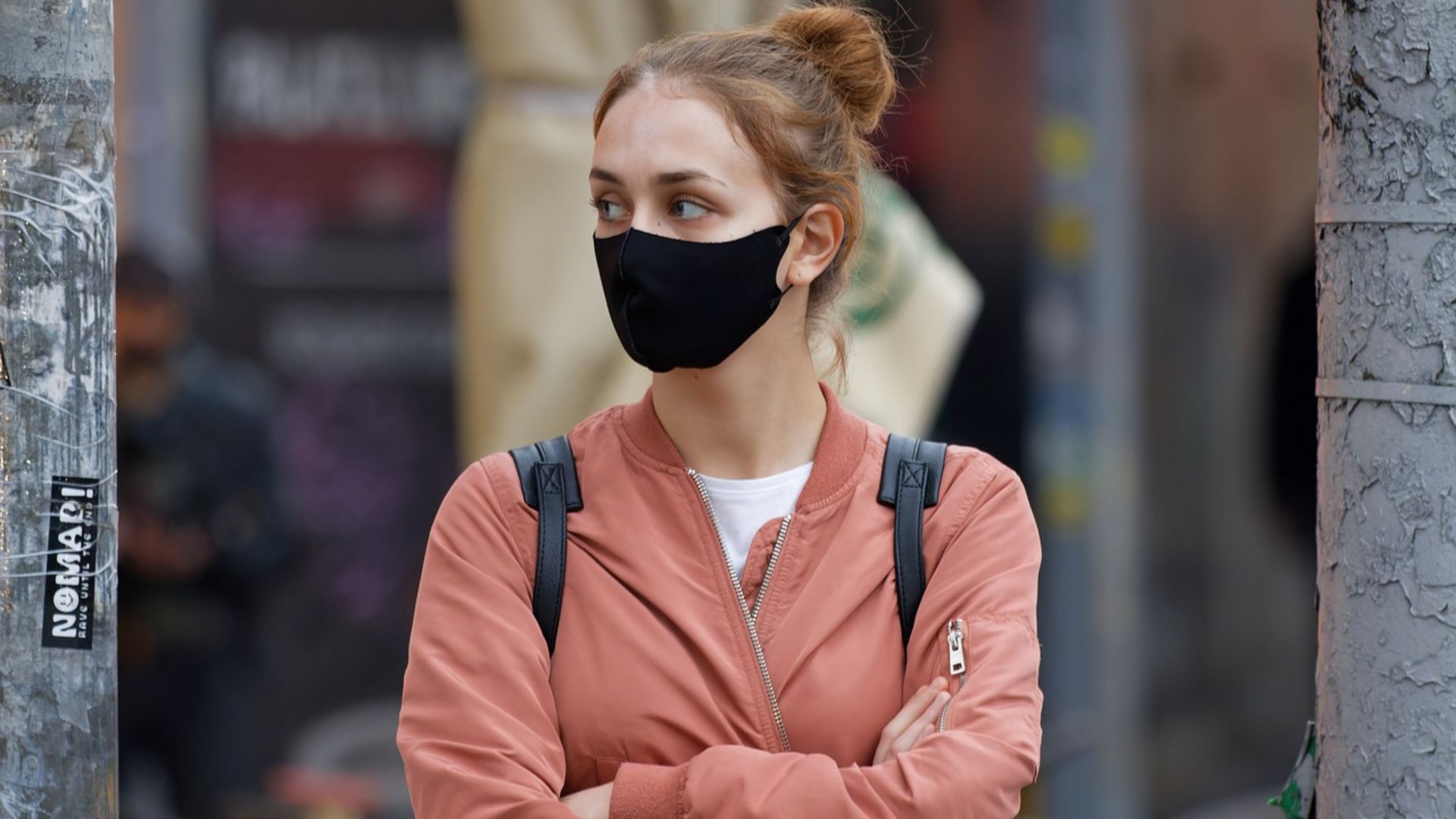
California is in one of the direst situations in the country in terms of air quality.
If six out of the 10 most polluted cities in the country being in California seems bad, it is even more concerning that four of the five most polluted cities are Californian. While four in 10 people nationwide are exposed to unhealthy air pollution levels, more than 131 million Californians are exposed to harmful ozone and particle pollution.
Cuts in Climate Change Funding

Renewable infrastructure targets and projects combatting the effects of climate change were a priority of Newsom’s government.
However, with the new budget that was approved in June in response to a $46 billion deficit, Newsom has given the green light to reduce funding for climate change-related projects. Will Barrett, a senior director at the ALA, said: “These are programs intended to reduce harmful pollution.”
The Federal Government Is Stepping In
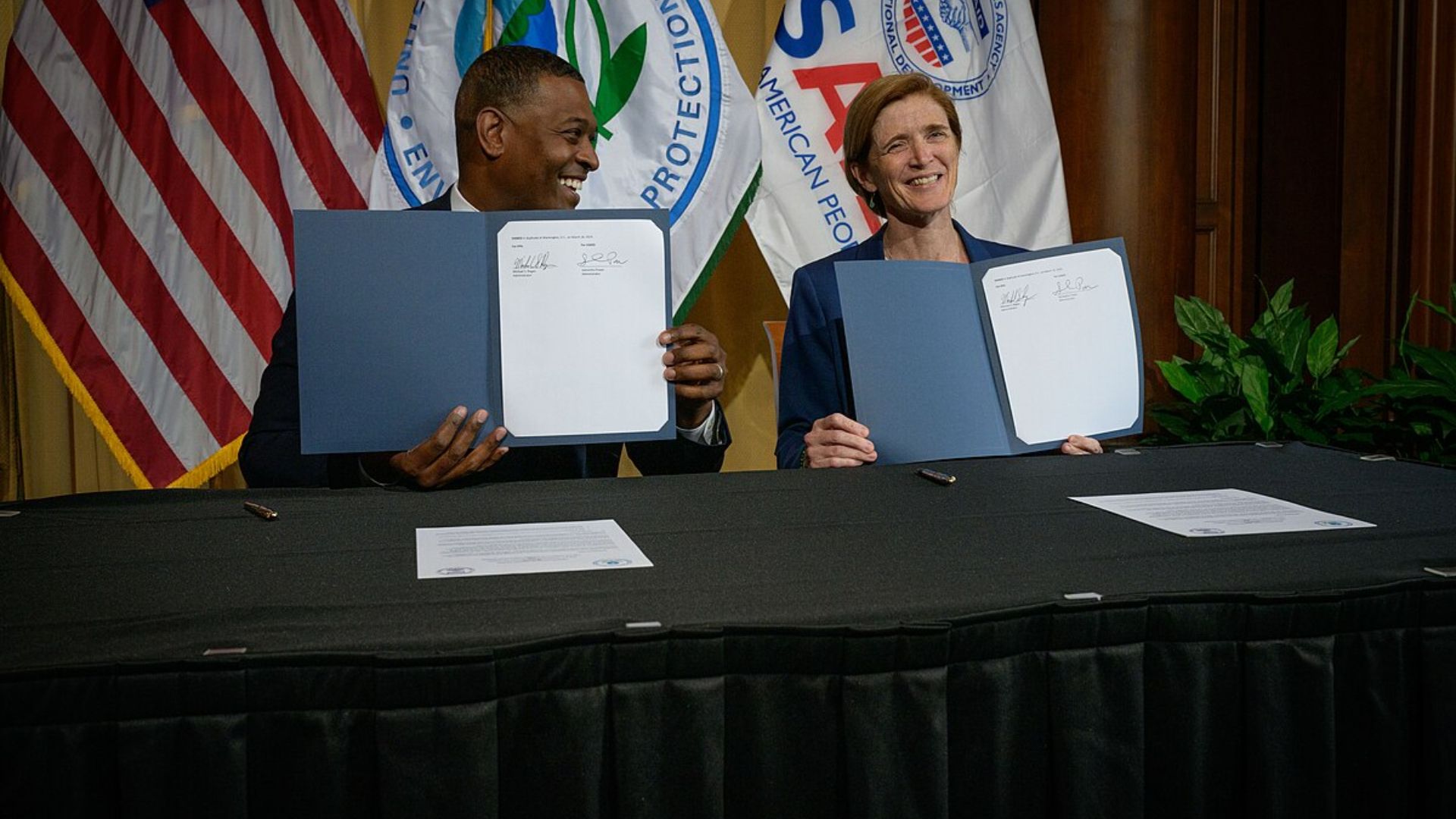
In response to the number of people who are at risk of developing heart and lung diseases as a result of poor air quality, the EPA have tightened particulate matter regulations.
On announcing the new regulation, Michael S. Regan, the EPA Administrator, said: “Today’s action is a critical step forward that will better protect workers, families and communities.” Up to 4,500 premature deaths could be prevented annually.
Combating Heat and Smoke Together
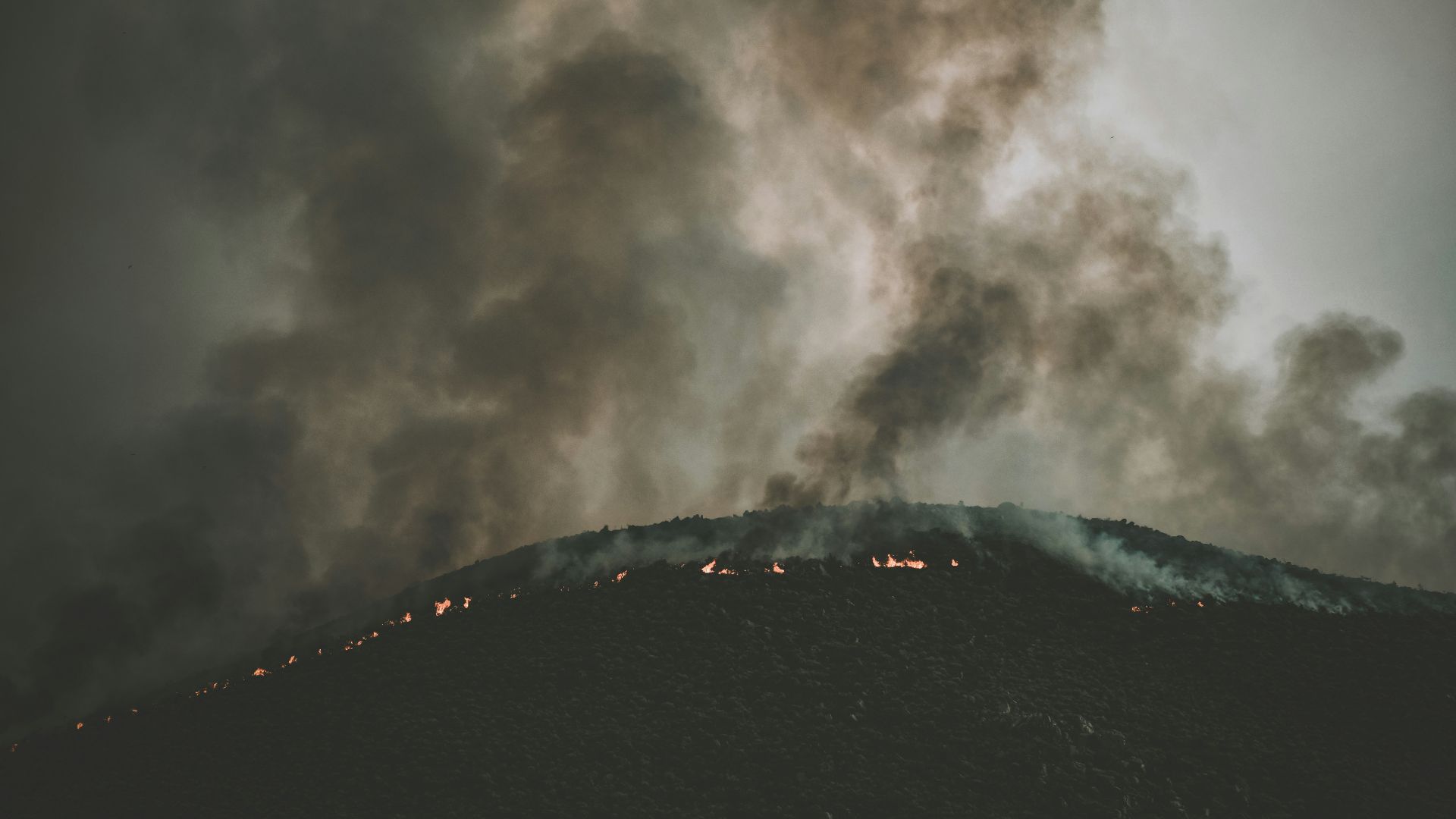
As if the smoke weren’t enough, San Bernardino is also grappling with a brutal heatwave.
With temperatures soaring above 100 degrees, following NWS advice to stay cool and hydrated is more crucial than ever. Stay inside, sip on water and stay safe.
